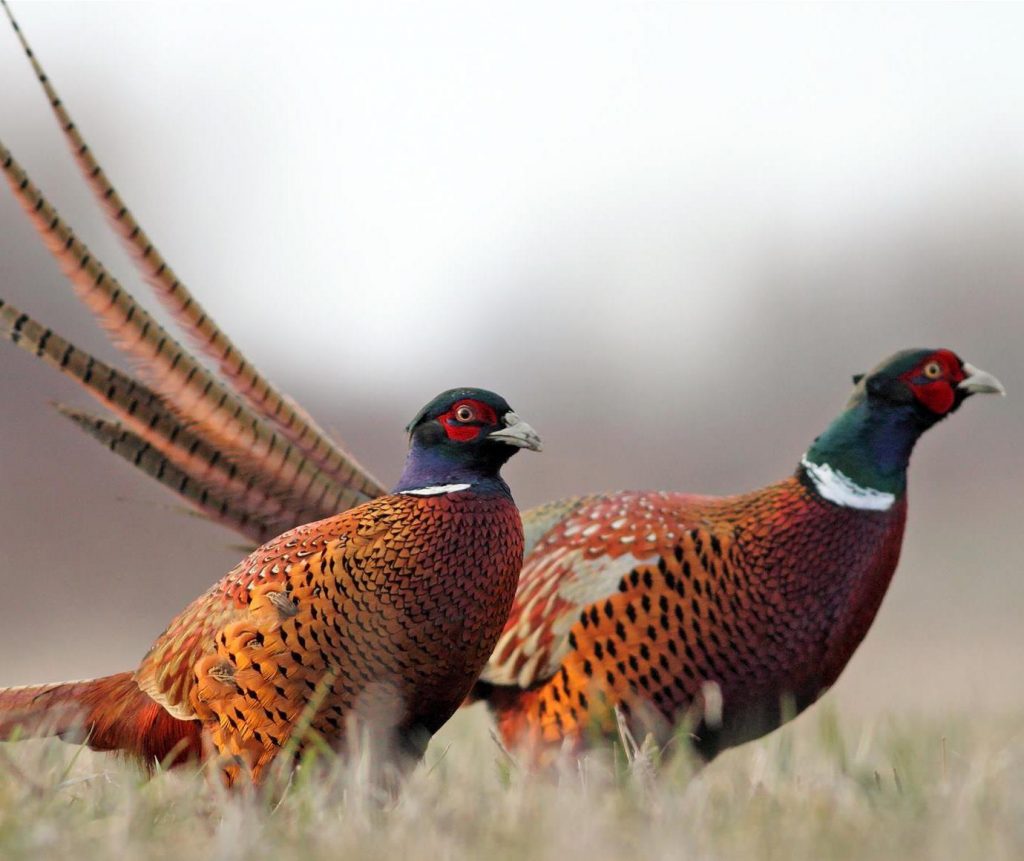Where there’s land, there’s opportunity. At least that’s what California University of Pennsylvania and Partners for Fish and Wildlife believe. Through The Pheasants Forever program, these organizations, in partnership with Range Resources, are restoring habitats and preserving ecosystems — and not just for Pheasants.
“This is a cooperative, nationwide program,” said Chris O’Connor, staff Civil/Environmental engineer at Range Resources. “The goal is to restore pheasant habitat, pollinate the habitat and preserve the ecosystem.”
Working with farmers and landowners, California University of Pennsylvania and Partners for Fish and Wildlife improve water quality and wildlife habitat, restore degraded wetlands and stream vegetation and restore native grassland and wildflower habitat, according to the Partners website.

While the Pheasants Forever program has been around for more than 30 years, Range Resources became involved after seeing an opportunity to help restore and revitalize Pennsylvania lands.
“We had a lot of locations we were reclaiming and we approached landowners and asked if they were willing to participate,” O’Connor said. “It was a good cause to get involved with.”
Getting involved is more “involved” than you might assume. According to Jose Taracido, Partners for Fish and Wildlife supervisor at Cal U, it’s easy to create a suitable environment for one species, but it’s much more difficult to restore a natural habitat that benefits a variety of animal and plant species.
“Range was willing to plant whatever was needed,” Taracido said. “They wanted advice on how to make the reclaimed lands into good habitats for wildlife. I supplied my info and knowledge and they took care of everything.”
That preservation process not only includes seeding with a strategic mix of vegetation but also focusing on water quality. This requires the construction of stream bank fencing and stream crossings to protect streams from livestock. After working with the program for more than 20 years, Taracido has seen firsthand the fruits of his labors.
“Especially in the water quality area, we’ve turned carp and sewage streams into trout streams again,” he said. “We’ve seen certain species of birds’ numbers increased. We have students that go out and work on these areas and they’ve noticed the increase in populations.”
Of particular concern are pollinators, those animal species that move pollen among plants.
“In that area, we’ve really hit it hard and our efforts are very noticeable,” Taracido said. “Education is a lot of it. We’ve educated farmers and landowners, and now they’re noticing things they wouldn’t have before.”
Seeing the difference is exactly what Range Resources had in mind when it became a partner in the program.
“We are interested in restoring wildlife habitat,” said O’Connor. “For me, when I approached management, there was no hesitation. It was a great project to get involved with and a great opportunity to make a big impact for wildlife.”